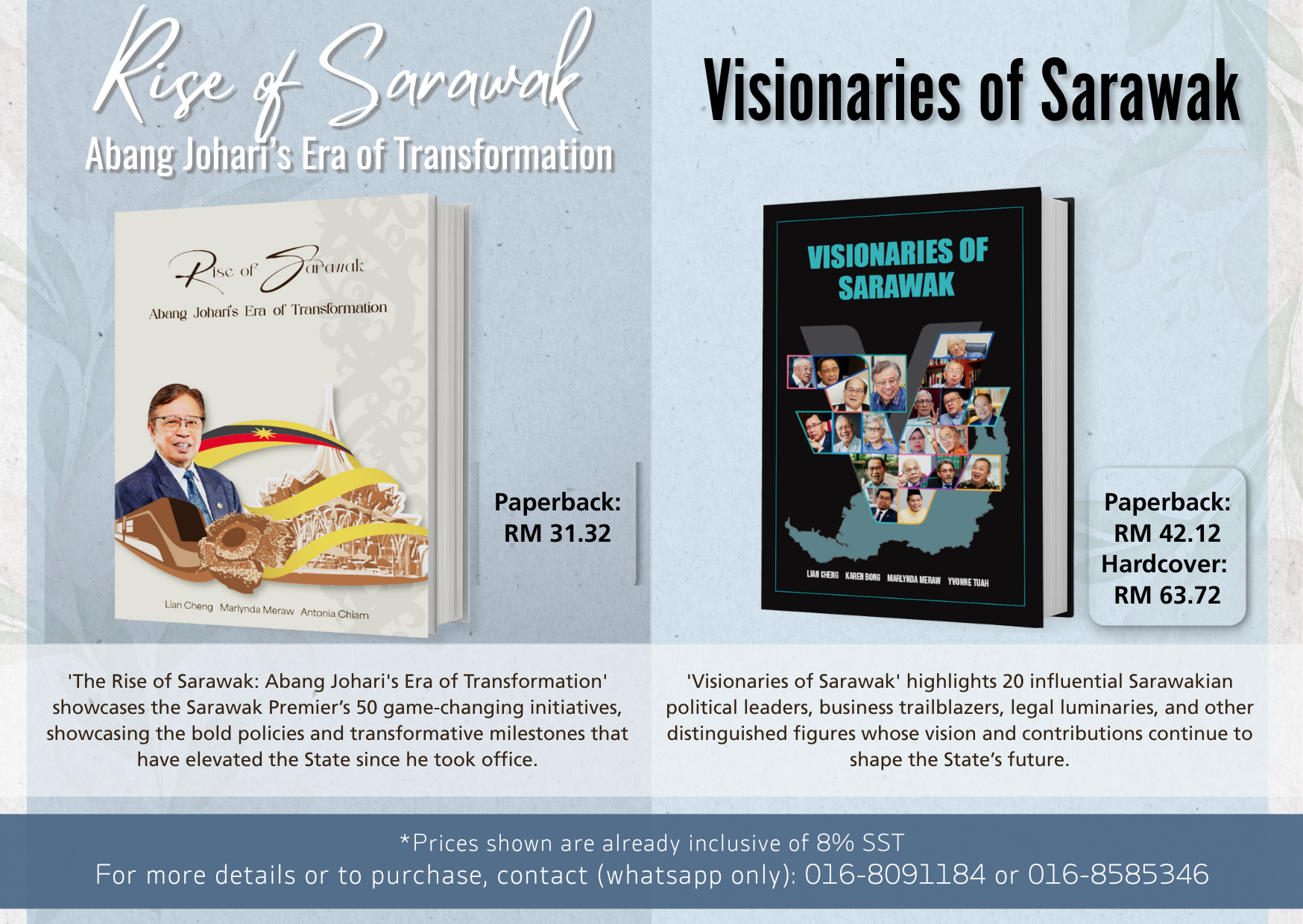
By DayakDaily Team
BINTULU, Aug 15: This part coastal, part riverine town of Bintulu is hosting three major sporting events for the 21st Malaysian Games (Sukma) Sarawak 2024—football at Bintulu Stadium, muaythai at Paragon Mall, and sepak takraw at Muhibbah Indoor Stadium.
But beyond these exciting competitions, Bintulu also offers a wealth of attractions and experiences for visitors to enjoy.


Bintulu: Sarawak’s industrial powerhouse
Bintulu, once a modest fishing village acquired by Rajah James Brooke in 1861, has transformed into Sarawak’s booming industrial hub, primarily driven by the oil and gas sector, according to a news report by the Sarawak Public Communications Unit (Ukas).
Today, Bintulu is home to around 200,000 people, including a significant expatriate community from countries such as South Korea, Japan, and China, most of whom are professionals working in the liquefied natural gas (LNG) plant at Tanjung Kidurong and the sprawling Samalaju Industrial Park (SIP).
SIP, covering approximately 8,000 hectares and managed by the Regional Corridor Development Authority (RECODA) and Bintulu Development Authority (BDA), has evolved into a multi-billion ringgit industrial park.

Located about 60km from Bintulu town, SIP is dedicated to energy-intensive industries and has created some 7,500 jobs. It hosts heavy industries such as steel, aluminum, glass, and oil and gas, and features a modern deep-sea port with a total berth capacity of 18 million tonnes per annum.
SIP has attracted significant investments in industries like aluminum, ferroalloys, polysilicon, and industrial gases, and is also earmarked for future ventures in hydrogen and methanol manufacturing.
A blend of culture, nature, and industry
Beyond its industrial might, Bintulu is renowned for its natural beauty and cultural vibrancy. The golden beaches of Similajau National Park, where the rare Irrawaddy dolphin is often spotted, are a must-visit.
The town also hosts Malaysia’s largest kite festival and is famous for its belacan (shrimp paste) and cencalu (shrimp sauce), which are essential buys for visitors.


Bintulu’s population comprises a rich tapestry of Ibans, Chinese, Melanaus, and Malays. The Ibans predominantly reside in longhouses in areas like Tatau and Sebauh, while the Malays and Melanaus live in kampungs near the town, and the Chinese are mostly settled in urban areas.
Must-see attractions
For visitors, Bintulu offers a variety of attractions. The Bintulu wet and night markets are perfect for exploring a wide range of local products and jungle produce, including the famous belacan and cencalu. The markets also feature ready-made food, cakes, and refreshing drinks for those looking to cool off after a day of exploration.


Tanjung Kidurong beach is another gem, ideal for a relaxing stroll or jog, followed by a refreshing sip of fresh coconut juice while taking in the stunning sunset.
Lastly, Taman Tumbina (Tumbina Garden) is a must-see. This unique garden offers a glimpse of local wildlife, with exhibits featuring wild deer, honey bears, wild cats, bearcats, monkeys, crocodiles, snakes, turtles, birds of prey, quails, flamingos, and owls. — DayakDaily








